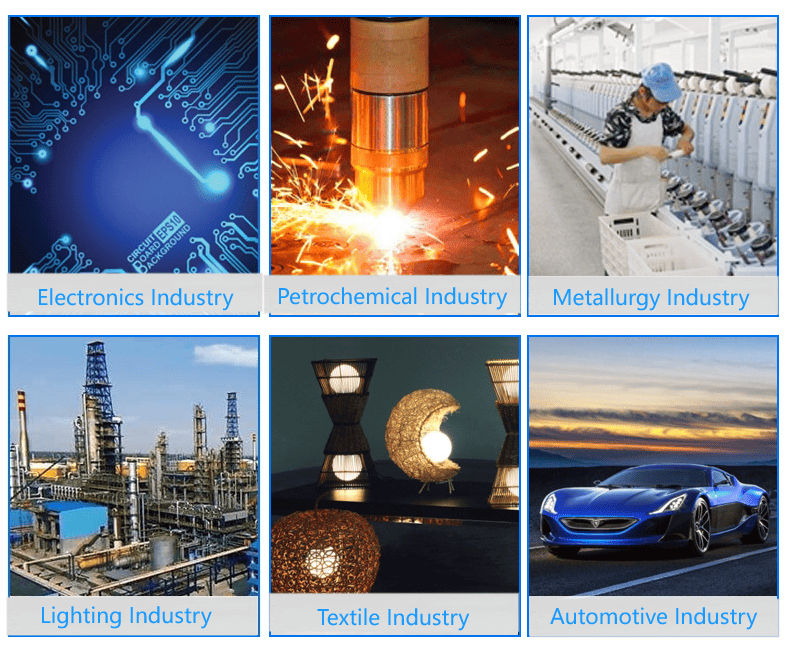Discover Premium Ceramic Products | Durability & Elegance United | Advanced Ceramics
PRODUCT PARAMETERS
Description
Overview of aluminum nitride ceramics
Aluminum Nitride Ceramic is an advanced ceramic material with aluminum nitride as the main component. It has been widely used in electronics, optics, and mechanics due to its unique properties.
Features of aluminum nitride ceramics
High thermal conductivity: Aluminum nitride ceramics have relatively high thermal conductivity, usually between 170-260 W/m·K, which makes it an excellent heat dissipation material. It is especially suitable for electronic devices that require efficient heat dissipation, such as substrate materials for power semiconductor devices.
Good electrical insulation: Despite its high thermal conductivity, aluminum nitride ceramics are excellent insulators of electricity, which can effectively prevent current leakage and ensure the safe operation of electronic components.
Low dielectric constant and dielectric loss: These characteristics make aluminum nitride ceramics very suitable for use in high-frequency circuits because it can reduce energy loss during signal transmission.
High temperature resistance: Aluminum nitride ceramics can maintain structural stability and strength at extremely high temperatures. Its melting point is about 2800°C, so it is suitable for applications in high temperature environments.
Low thermal expansion coefficient: Compared with semiconductor materials such as silicon, aluminum nitride has a lower thermal expansion coefficient, which means it has better dimensional stability when the temperature changes, which helps improve packaging reliability.
Corrosion resistance: Aluminum nitride ceramics have good chemical stability to most molten metals and are not easily oxidized or corroded, allowing them to perform well in harsh environments.
High mechanical strength: Although not as hard as some other types of ceramic materials, aluminum nitride ceramics still provide enough mechanical strength to allow them to be used in many structural applications.
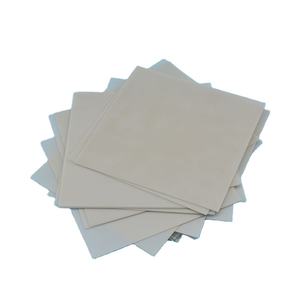
(Excellent Thermal Conductivity Aluminium Nitride AlN Ceramic Substrate)
Specifications of Excellent Thermal Conductivity Aluminium Nitride AlN Ceramic Substrate
Outstanding Thermal Conductivity Aluminium Nitride (AlN) Ceramic Substrate uses high efficiency for sophisticated digital applications. This product moves heat effectively. Its thermal conductivity ranges in between 170-200 W/mK. This value surpasses common porcelains like alumina. It matches high-power devices needing fast heat dissipation.
The substratum supplies strong electrical insulation. Its resistivity stays above 10 ^ 14 Ω · cm. This prevents present leakage. It makes certain safety and security in circuits. The dielectric constant continues to be reduced. It averages 8.8 at 1 MHz. Signal loss decreases in high-frequency applications.
AlN ceramic resists thermal stress. Its thermal expansion coefficient matches silicon. This avoids fractures when bound to chips. Temperature level adjustments create marginal pressure. It runs accurately from -50 ° C to 500 ° C. Security remains constant under severe conditions.
Mechanical toughness is high. Flexural strength gets to 300-400 MPa. The product resists fractures under pressure. Hardness steps 12 GPa. Wear resistance boosts life expectancy. Surface area coating alternatives include brightening or finish. Smooth surfaces aid precise element installing.
Chemical security is superb. AlN withstands most acids and alkalis. Corrosion hardly ever takes place. Dampness absorption remains below 0.1%. Performance continues to be unaffected in moist settings.
Measurements are personalized. Standard density ranges from 0.25 mm to 1.5 mm. Larger dimensions get to 200 mm x 200 mm. Laser drilling produces micro-vias for complicated circuits. Metallization layers add conductivity. Options include gold, silver, or copper.
Applications consist of LED illumination, power modules, and RF devices. It serves laser diodes and semiconductor plans. Heat sinks integrate perfectly. Thermal management enhances device performance.
Material pureness goes beyond 99.5%. Impurities like oxygen keep under 0.8%. Grain size manages thermal efficiency. Thick microstructure protects against porosity. Production utilizes hot pressing or sintering. Quality meets MIL-STD and RoHS standards.
Processing methods consist of CNC machining or laser cutting. Tight tolerances get to ± 0.02 mm. Customized shapes fit specialized layouts. Cost-effectiveness balances efficiency needs. It replaces beryllium oxide in much safer alternatives.

(Excellent Thermal Conductivity Aluminium Nitride AlN Ceramic Substrate)
Applications of Excellent Thermal Conductivity Aluminium Nitride AlN Ceramic Substrate
Superb thermal conductivity aluminum nitride (AlN) ceramic substrates are commonly utilized in sectors needing efficient heat administration. These substratums deal with high temperatures and transfer heat rapidly. Their thermal conductivity is much greater than alumina. This makes them ideal for electronic devices.
AlN ceramic substratums work well in high-power digital tools. They are common in LED illumination systems. The substratums help spread warm from LED chips. This avoids getting too hot and expands tool life. They are likewise utilized in laser diodes and power components. These applications require steady thermal efficiency. AlN guarantees reliability under continual procedure.
The auto industry benefits from AlN substratums. Electric lorries utilize them in power electronic devices. Elements like inverters and converters produce considerable warmth. AlN substrates handle this heat successfully. They boost system longevity in extreme environments. Thermal biking resistance is important here. AlN preserves performance regardless of temperature level modifications.
RF and microwave modern technology relies upon AlN for high-frequency applications. Interaction systems make use of these substratums in amplifiers and transmitters. The reduced electrical loss of AlN supports signal quality. Warm dissipation stops performance decreases during procedure.
Renewable energy systems utilize AlN ceramic substrates in solar and wind power converters. High thermal conductivity ensures effective power conversion. Heat accumulation in power electronic devices is minimized. This increases total system efficiency.
Aerospace and protection applications require products that hold up against severe conditions. AlN substratums are used in radar systems and satellite communications. Their thermal security and mechanical toughness match demanding environments.
Clinical tools manufacturers utilize AlN in imaging gadgets and sensors. Heat administration is critical for accuracy instruments. The substratums ensure accurate readings and long-lasting dependability.
AlN ceramic substrates are compatible with thin-film and thick-film circuits. This allows integration into compact electronic layouts. Their chemical resistance contributes to their flexibility. They perform well in harsh or high-moisture setups.
Makers pick AlN for its equilibrium of thermal and electrical buildings. It deals with heat challenges in sophisticated technologies. The material supports development in electronic devices and past.
Company Introduction
Advanced Ceramics founded on October 17, 2014, is a high-tech enterprise committed to the research and development, production, processing, sales and technical services of ceramic relative materials and products.. Since its establishment in 2014, the company has been committed to providing customers with the best products and services, and has become a leader in the industry through continuous technological innovation and strict quality management.
Our products includes but not limited to Silicon carbide ceramic products, Boron Carbide Ceramic Products, Boron Nitride Ceramic Products, Silicon Carbide Ceramic Products, Silicon Nitride Ceramic Products, Zirconium Dioxide Ceramic Products, Quartz Products, etc. Please feel free to contact us.(nanotrun@yahoo.com)
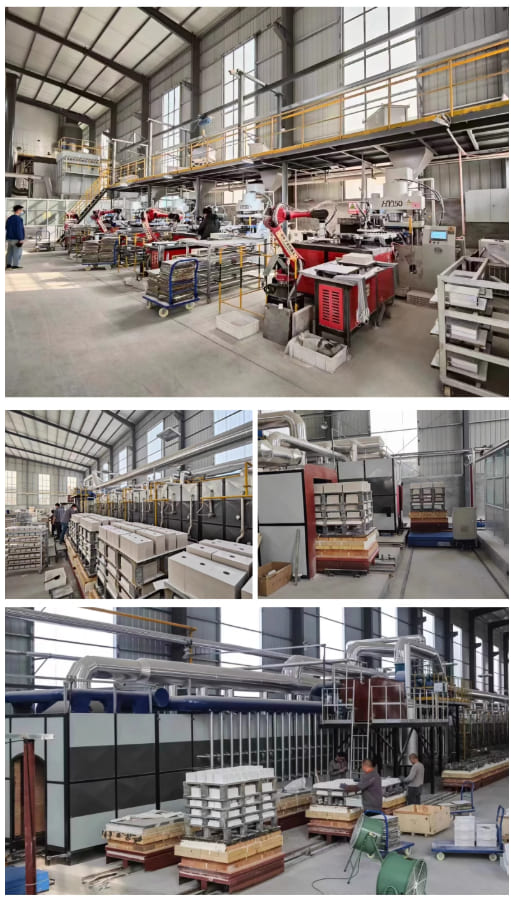
Payment Methods
T/T, Western Union, Paypal, Credit Card etc.
Shipment Methods
By air, by sea, by express, as customers request.
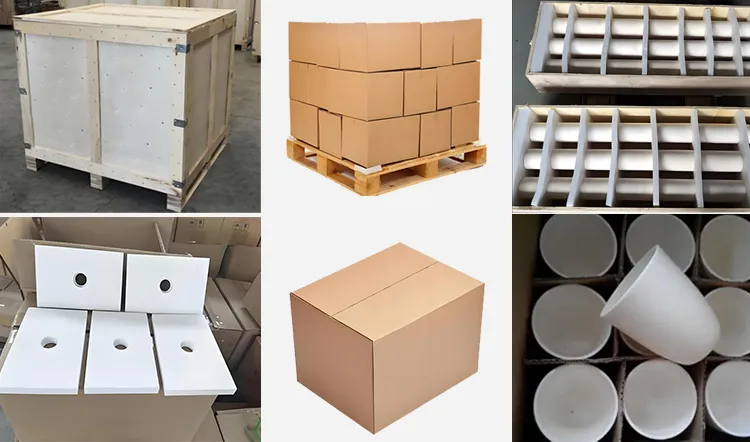
5 FAQs of Excellent Thermal Conductivity Aluminium Nitride AlN Ceramic Substrate
What makes aluminium nitride ceramic substrates good for thermal management?
Aluminium nitride (AlN) has high thermal conductivity, around 170-200 W/mK. This helps move heat away from electronic parts fast. It works better than materials like alumina. It keeps devices cool even in high-power setups. It also insulates electricity well, preventing short circuits.
Where are AlN ceramic substrates commonly used?
These substrates are used in LED lighting, power modules, and semiconductor devices. They handle heat in lasers, radio-frequency systems, and automotive electronics. Industries needing precise temperature control, like aerospace or energy, rely on them. They suit applications where heat buildup risks damaging components.
Why pick aluminium nitride over alumina or aluminum?
AlN conducts heat 8-10 times better than alumina. Aluminum metal conducts heat well but lacks electrical insulation. AlN combines both features. It resists corrosion and thermal shock better than many metals. It stays stable in high temperatures, unlike plastics or composites.
How are AlN ceramic substrates made?
Manufacturers mix aluminium nitride powder with binding agents. The mix is shaped using methods like tape casting or dry pressing. It’s sintered at high temperatures (1800°C-1900°C) to form a dense structure. Surface treatments like polishing or metal coating are added for specific uses. Quality checks ensure low defects and uniform properties.
Do AlN substrates need special handling or storage?
Keep them dry to avoid moisture absorption. Store in sealed containers with desiccants. Handle gently to prevent chipping or cracking. Clean surfaces with solvents like isopropyl alcohol before metal coating. Avoid sudden temperature changes during installation to reduce stress. Follow manufacturer guidelines for mounting and soldering.
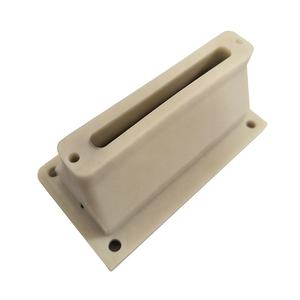
(Excellent Thermal Conductivity Aluminium Nitride AlN Ceramic Substrate)
REQUEST A QUOTE
RELATED PRODUCTS
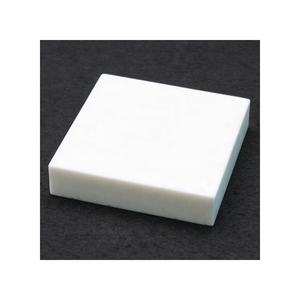
Custom Sheet and Special Shape Aln Aluminum Nitride Ceramic Components Structural Parts
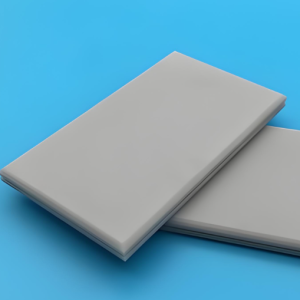
Electrical Insulation AlN Aluminium Nitride Ceramic Plate
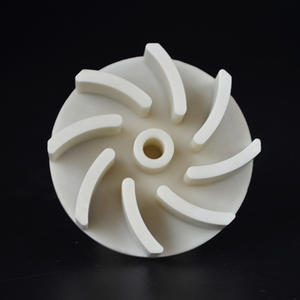
Excellent Thermal Conductivity Aluminium Nitride AlN Ceramic Substrate
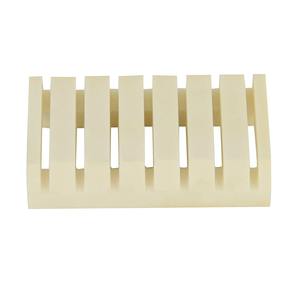
170W Aluminum Nitride Sheet Piece ALN Ceramic Plate with Hole for LED
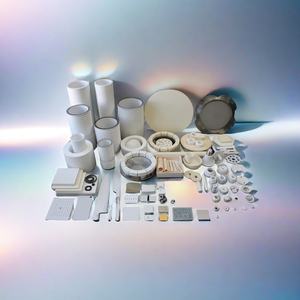
High Thermal Conductivity Aln/Aluminum Nitride Ceramic Substrate



